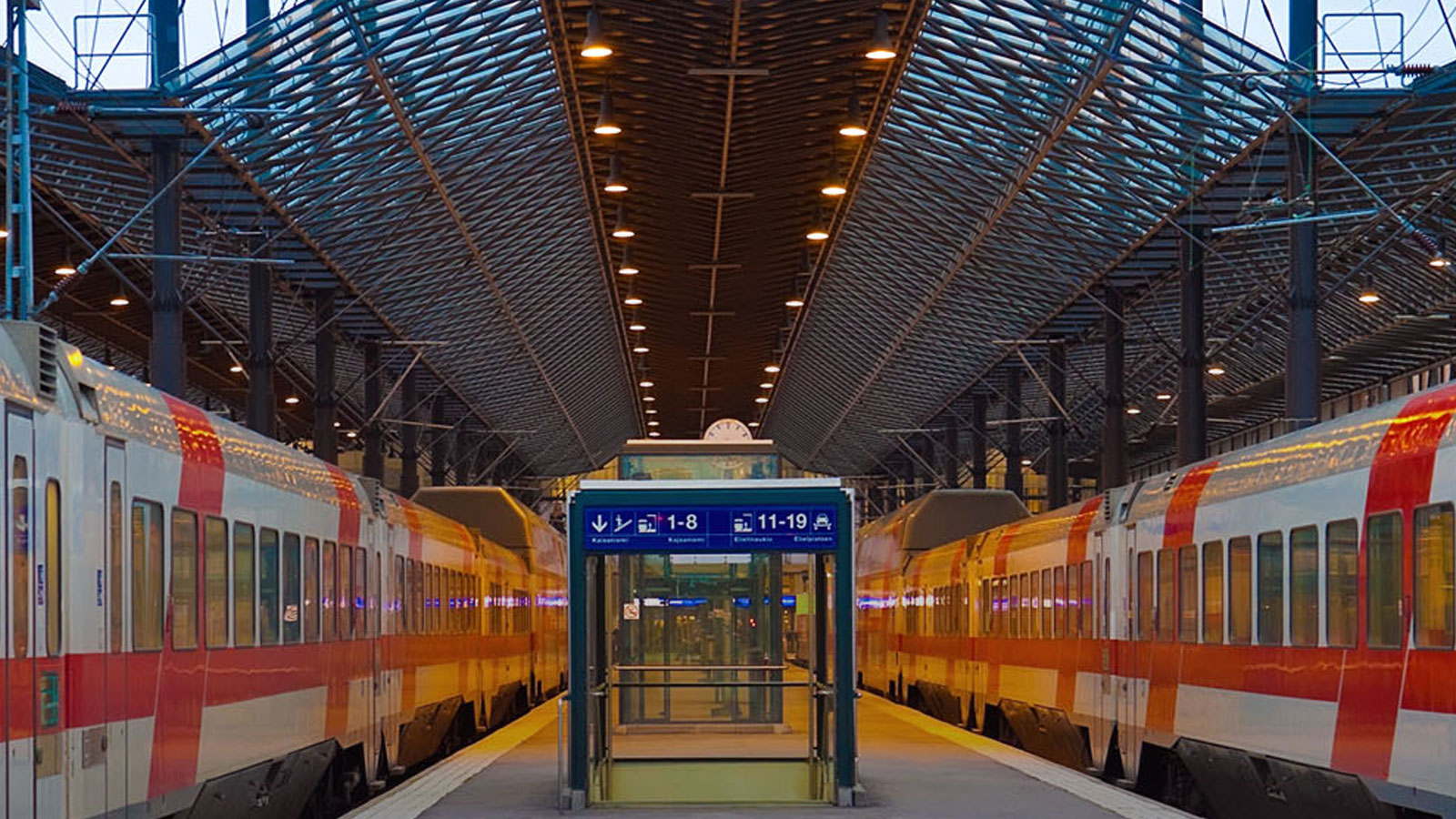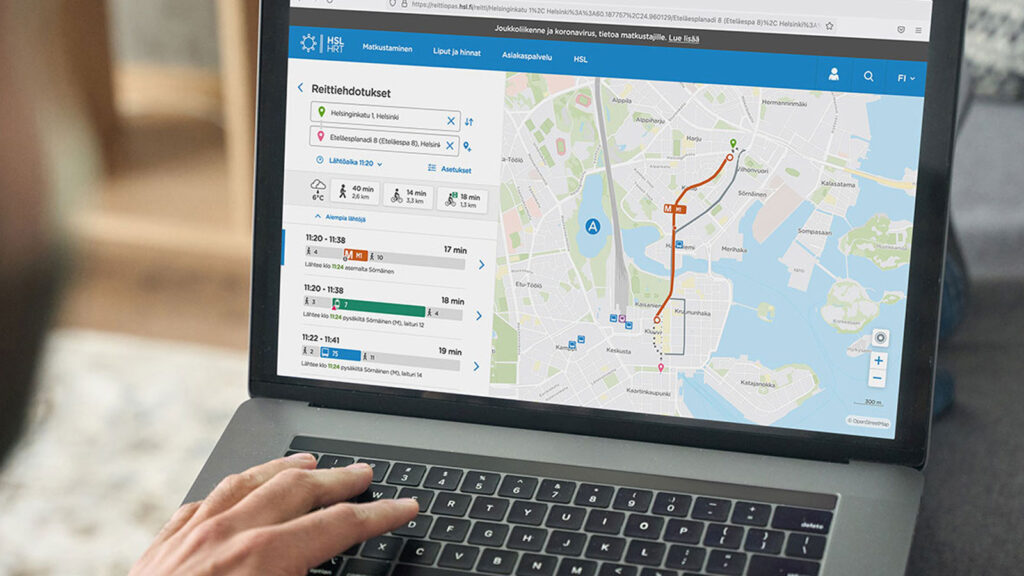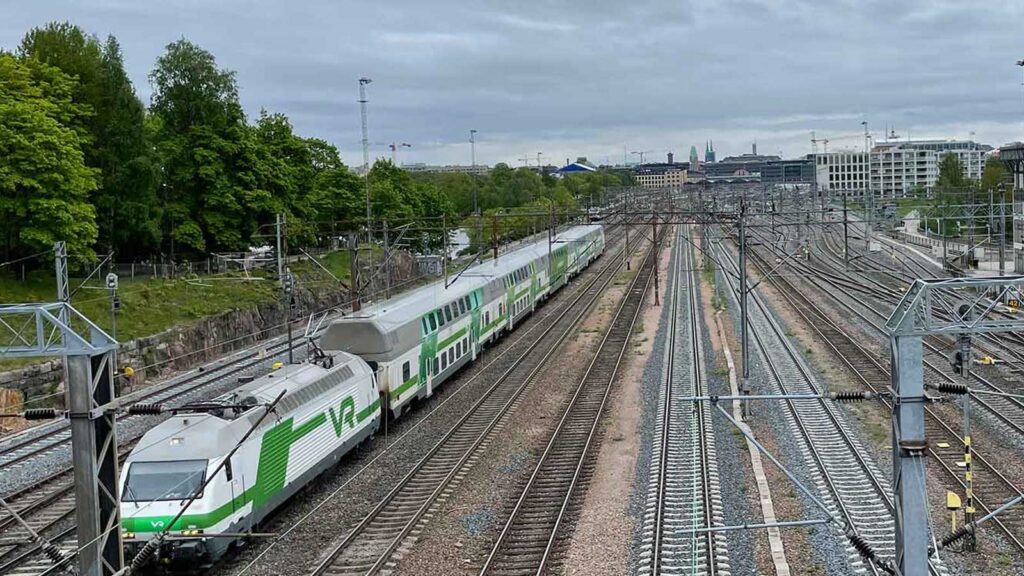Fintraffic Railway is responsible for work that enables transport on roads and waterways to be as efficient and safe as that by rail. As a long-term partner, we have been developing a comprehensive solution for all rail traffic management. The aim of the new system was efficient operations, better rail safety and significant traffic control cost savings.
Instead of looking in the rear-view mirror, we wanted to move to a real-time view, so that the traffic controllers and train drivers could respond more quickly to changing circumstances, such as weather conditions, equipment changes or maintenance work. Many of the processes related to the railway network and traffic management contained a lot of manual work, papers and phone calls. We set out to digitise and automate the flow of information.
Rail transport in EU member states has gradually opened to competition due to European Commission legislation. To allow competition, Fintraffic Railway needed a system that could manage and share Finnish rail network capacity with different operators.
We put Finnish rail traffic in motion
We implemented the LIIKE system for Fintraffic Railway to enable advanced management of infrastructure capacity and to meet the demands of the new railway operator environment. LIIKE means ‘motion’ in Finnish. LIIKE was integrated with Fintraffic Railway’s other complex rail systems, including the JETI train early warning system that controls track maintenance and the rest of the rail network in exceptional circumstances.
It is essential that the whole system is highly functional and reliable as any system interruptions could affect the smooth running of trains.
LIIKE is used for e.g. the coordination of applications and granting of infrastructure capacity, schedule planning and transmission, station info displays and automatic alerts, and the monitoring of trains. The highly advanced system, which has modeled the entirety of Finland’s 6000 km-long railway network, including switches, points and signals in electronic format, is responsible in exceptional situations, such as track maintenance, and for processing and communicating accidents.
Real-time information improves safety for all
The Finnish rail network handles more than 700,000 trains annually. The LIIKE and JETI systems contribute to making coherent and timely data on the track network quickly and easily available to all parties, including traffic controllers, timetable planners and track maintenance work planners. The whole system has increased efficiency, for example, with maintenance planning and scheduling changes, and in reducing incidents on the lines. There are also systems that provide real-time information about the condition of rolling stock, such as axel temperatures and weights, and alert traffic controllers if defects or malfunctions occur.
“LIIKE is at the heart of the planning and management of the Finnish rail network. The successful implementation of such a system required Solita to have an in-depth understanding of our business and strong expertise to push forward such a major project. Together with Solita, we have built a unique solution that serves our business needs and supports the development of rail transport,” says Atte Kanerva, head of the rail transport control unit at Fintraffic Railway.
The whole system has increased efficiency, for example, with maintenance planning and scheduling changes, and in reducing incidents on the lines.





